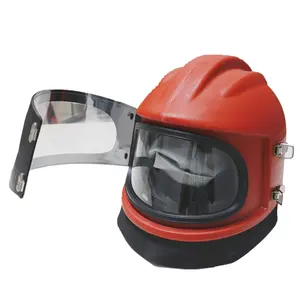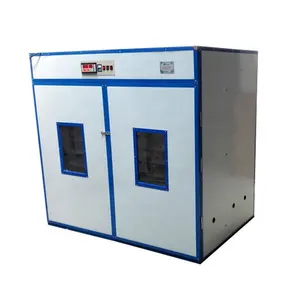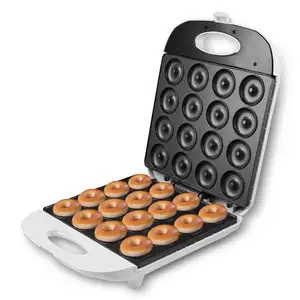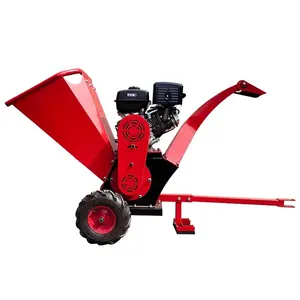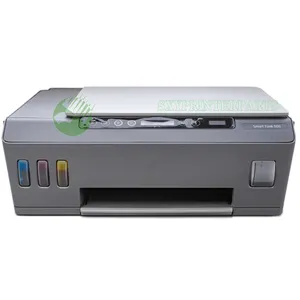Popular in your industry






































































Related Searches:





















































































































































Top categories
About oat dehuller machine
Oats, a nutritious cereal grain, have a tough outer husk that needs to be removed to access the edible kernel. An oat dehuller machine is designed to efficiently perform this task. This device is widely used in the agricultural industry to streamline the process of oat dehulling and improve overall productivity. It is crucial for buyers to understand the types and operational considerations of oat dehuller machines for effective dehusking of oats.
Types of oat dehuller machines
The oat dehuller machines vary in size, capacity, and operational complexity. The small oat dehuller is compact and suitable for smaller-scale oat processing, ideal for farmers or small businesses. On the other hand, large-scale oat dehullers are designed for high-capacity dehulling operations, catering to the needs of commercial oat processing facilities. The oat dehuller machines can be categorized based on their dehulling mechanisms. Abrasive dehullers use friction to remove the husk from the oat kernel. These machines commonly employ abrasive elements, such as stones or disks, to achieve dehulling. Impact dehullers, on the other hand, use forceful impacts to crack and remove the husk, often through the use of rotating elements. Another type of dehuller is the air classification dehuller, which separates the husk from the kernel using air streams to differentiate between the lighter husk and the heavier kernel. Each type of oat dehuller machine has its unique features and is chosen based on the scale and specific requirements of the oat processing operation.
Operation of the oat dehuller machine
The oat dehuller machine's operation involves feeding the oats into the machine, where they pass through the dehulling mechanism. For abrasive dehullers, this may involve the oats coming into contact with the abrasive surface, effectively removing the husk. In impact dehullers, the oats are subjected to rapid impacts or collisions, resulting in the cracking and separation of the husk. As for air classification dehullers, the oats are introduced into an air stream, which carries away the lighter husk particles, leaving the heavier kernels behind. The efficiency of the dehulling process is crucial for the quality and yield of the dehulled oats. After dehulling, the oats undergo a process of separation to remove the husk fragments and obtain the dehulled kernels. The dehulled oats are then typically polished to improve their appearance and marketability.
Advantages of the oat dehuller machine
The primary advantage of an oat dehuller is its ability to efficiently remove the tough outer husk from oat grains. This process is essential for making the oats edible and suitable for various food products. A significant benefit of using an oat dehuller is the improvement in the nutritional profile of the oats. By removing the indigestible husk, the dehulled oats become more digestible and nutrient-dense. Additionally, the dehulled oats have a smoother texture, making them more palatable for consumption. For oat producers, an oat dehuller machine can streamline the dehulling process, increasing operational efficiency and reducing manual labor. This is particularly valuable for commercial oat processing facilities. Moreover, utilizing an oat dehuller contributes to consistent dehulling results, ensuring the quality and uniformity of the dehulled oats. It leads to improved product quality and customer satisfaction in the market. Lastly, the dehulled oats have extended shelf life due to reduced susceptibility to rancidity, enhancing their storage stability.
